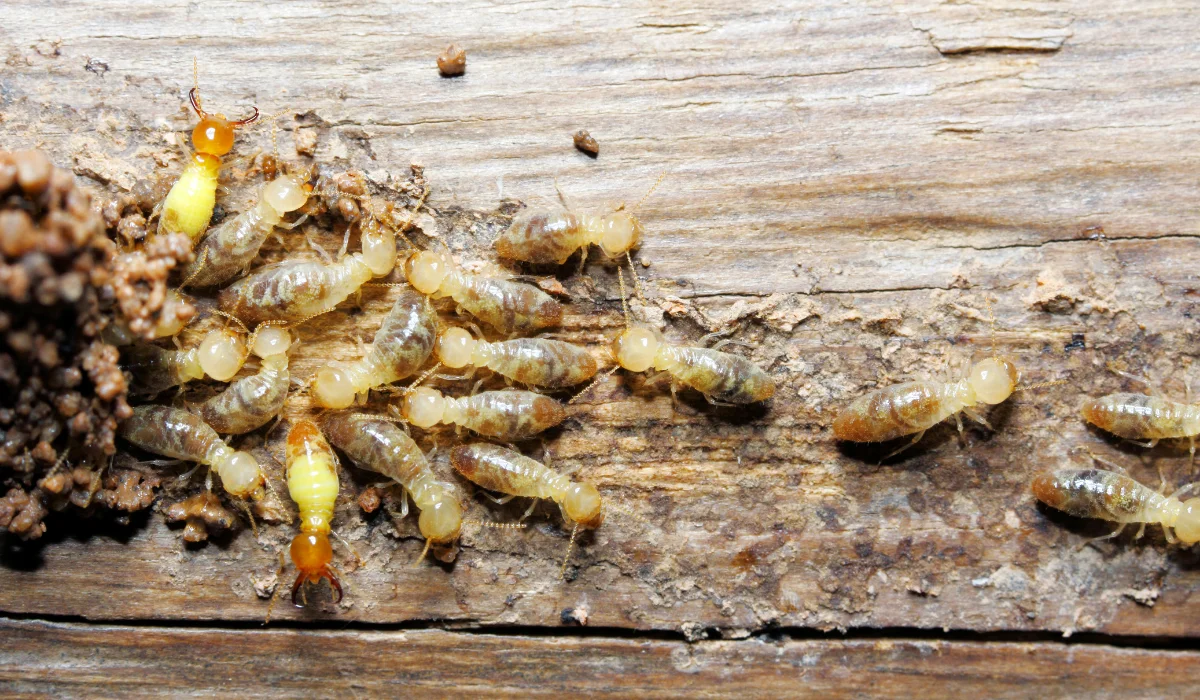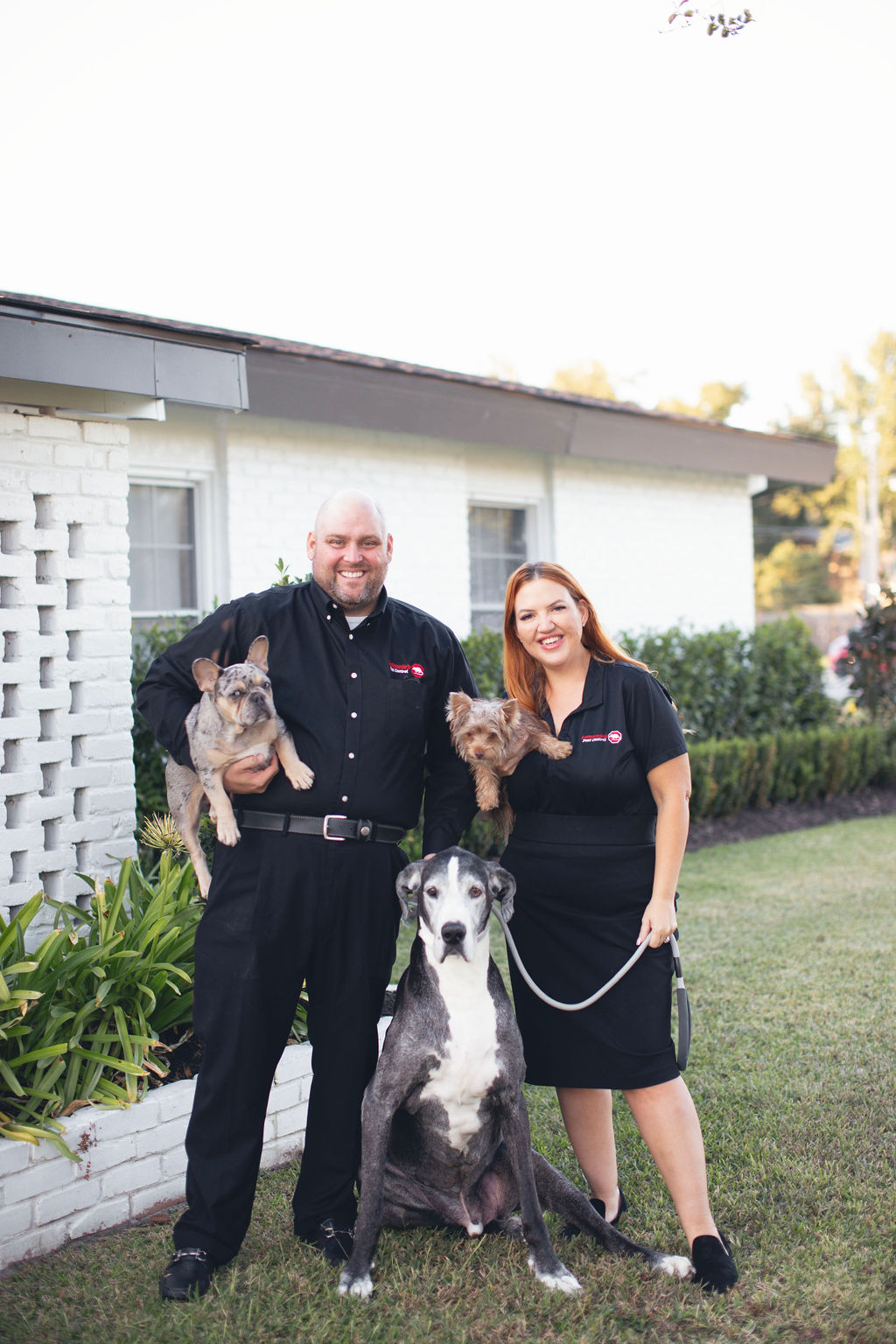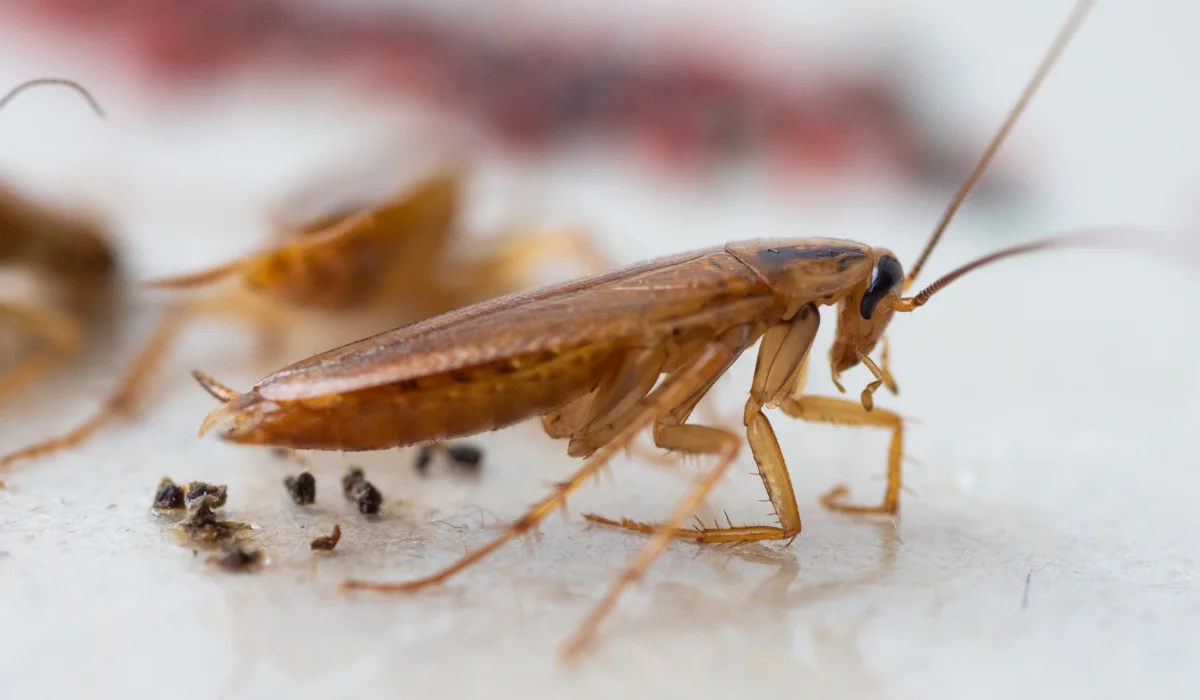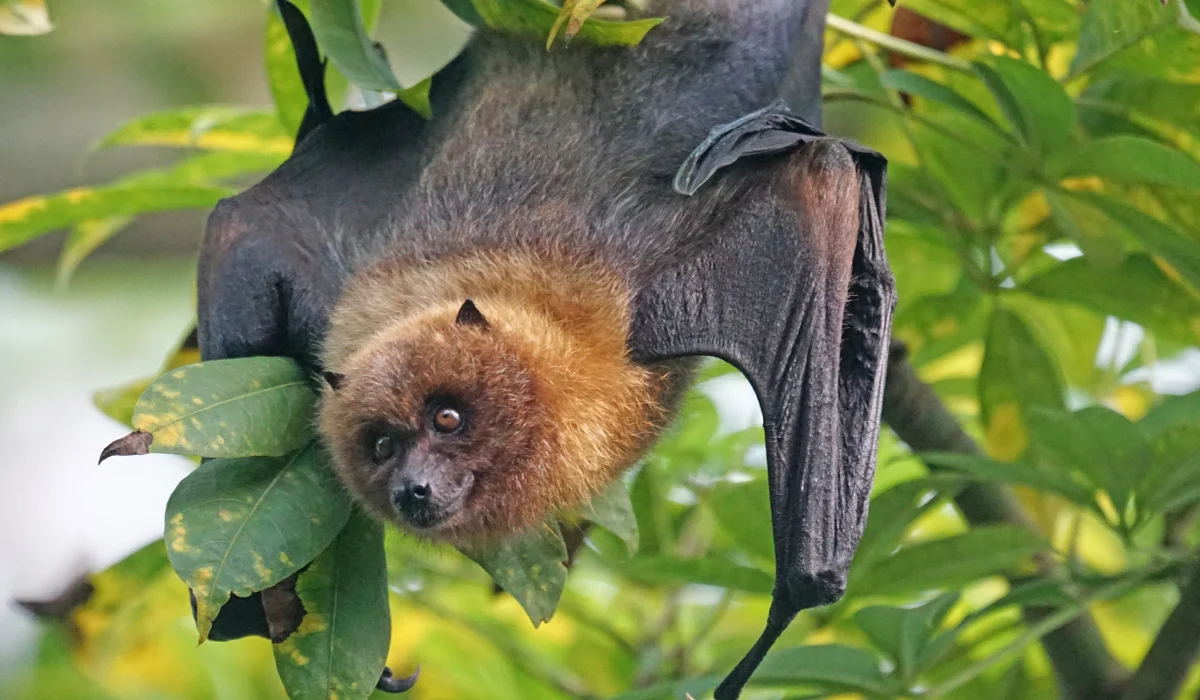If you’ve ever dealt with termites, or even just heard horror stories, you know how sneaky and destructive they can be. One day, your home looks fine. Then you notice something odd: maybe it’s a pile of what looks like sawdust, or a mud tube climbing your foundation wall.
Before long, you’re asking the big question: where do termites come from?
Let’s walk through the most common places termites come from and how they relate to your home in southern Louisiana.
Key Takeaways
• Termites usually come from the soil, crawl spaces, mulch, tree stumps, clogged gutters, or small foundation cracks.
• Most termites need moisture and wood to survive, which makes southern Louisiana homes easy targets for infestations.
• Mud tubes, winged swarmers, and damaged wood are common signs that a termite colony has entered your home.
• Regular inspections, moisture control, bait systems, and sealing crevices are key steps to keeping termites away long term.
Underground Colonies
Most termite problems start with a subterranean termite colony beneath your yard. These underground colonies are massive and can house millions of worker termites.
As they search for food sources, they create mud tubes that connect the colony to your home. These tunnels protect them from air exposure and help them keep the right moisture level.
If you see mud tubes along your slab or walls, that’s a clear sign of termite activity.
Crawl Spaces
Raised homes with a crawl space are common in our region, but unfortunately, they also make ideal spots for termite colonies. The darkness, damp air, and occasional wood-to-soil contact in these areas are all attractive to termites.
Without routine pest control services, this is often one of the first areas termites invade.
Tree Stumps and Buried Debris
Old tree stumps or buried wooden debris serve as a ready-made source of cellulose, which is the main thing termites eat.
From there, it’s only a matter of time before termite swarmers—winged reproductives—launch into the air to form a new colony closer to your house.
Mulch Beds
While mulch isn’t necessarily a direct source of food, it creates a moist, shaded environment that draws in subterranean termites.
If you’re piling mulch too close to your foundation, you could be inviting them right up to your door.
Gutters and Downspouts
Gutters clogged with leaves can overflow and cause water to pool around your home’s base. This wet environment is just what termites need to survive and start building those mud tubes.
Since they are most active where there’s moisture, damp wood near the foundation is like an open invitation.
Cracks and Crevices
Tiny crevices in your foundation or siding are all it takes for termite swarms to find a way in. Once they get inside, termite queens start laying eggs and building colonies.
Over time, that hidden infestation can cause serious structural damage if left untreated.
What to Do When Termites Are Coming From These Common Sources
Now that you know where termites come from, let’s look at how to stop them. These steps will help keep your home protected.
Treat the Soil and Baiting for Worker Termites
Subterranean termites often start in the soil, and that’s where termite control begins. Our pest control company uses a combination of bait systems and liquid termite treatment to eliminate workers and stop them from feeding the colony.
These methods are especially effective around slab foundations and raised homes.
Manage Moisture in the Crawl Space
Termite prevention in crawl spaces means keeping them dry and sealed. This might involve repairing damaged wood, improving ventilation, or installing moisture barriers.
A thorough termite inspection from a professional pest control team can help identify vulnerabilities before termites do.
Remove Stumps and Debris
Don’t leave tree stumps or wooden scraps around your yard. These spots are perfect for termite colonies to start. Once a new colony is established, swarmers can spread quickly to your home.
Clearing this debris cuts off a key source of food.
Adjust Landscaping and Mulch
Keep mulch beds a safe distance from your foundation and stick to a shallow layer.
It helps reduce excess moisture, which in turn makes your home less appealing to termites looking for the right conditions to thrive.
Clean and Repair Gutters
Keeping your gutters clean and your downspouts flowing properly is a simple but effective way to manage moisture.
Without standing water near your home, termites are less likely to settle in.
Seal Crevices and Inspect Wooden Structures
A small crack may seem harmless, but it can be the perfect spot for winged reproductives to enter.
Sealing gaps and routinely checking wooden structures—like decks and support beams—can help catch early signs of termite infestation.
Stop the Swarm Before It Starts
At LaJaunie’s Pest Control, we know how to handle every type of termite—from eastern subterranean to drywood termites.
We perform thorough inspections, identify the termite species, and offer long-term solutions that protect your home and your peace of mind.
Whether you’re seeing swarmers or suspect termite damage to your wooden structures, we’re ready to help you get rid of termites before they take over. Serving homeowners across South Louisiana, we bring local experience and expert treatment you can trust.
Give us a call, let’s stop termites before they start causing damage.
 By: LaJaunie's Pest Control
By: LaJaunie's Pest Control 


